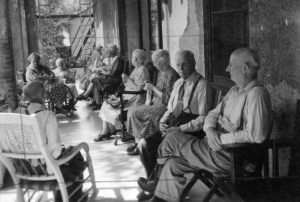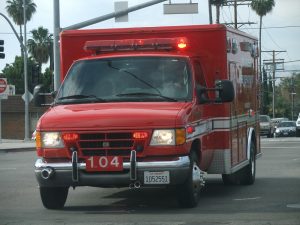 In San Diego, an advocacy group aimed at improving residential care facilities for the elderly (RCFEs) has been awarded a $30,000 grant to undertake a community project in Southern California, according to a recent article in the California Newswire. The grant comes from the Del Mar Healthcare Fund, which receives funding from the Age Friendly Communities Program at the San Diego Foundation. San Diego is in the process of becoming “an Age Friendly/Livable Community for All Ages, a designation of the World Health Organization and AARP,” and the grant will help to get it there. This is not the first grant that the advocacy group, Consumer Advocates for RCFE Reform (CARR), has won. As a California Newswire article clarifies, the group previously was awarded a contract to develop an assisted-living facility rating system for seniors in San Diego County.
In San Diego, an advocacy group aimed at improving residential care facilities for the elderly (RCFEs) has been awarded a $30,000 grant to undertake a community project in Southern California, according to a recent article in the California Newswire. The grant comes from the Del Mar Healthcare Fund, which receives funding from the Age Friendly Communities Program at the San Diego Foundation. San Diego is in the process of becoming “an Age Friendly/Livable Community for All Ages, a designation of the World Health Organization and AARP,” and the grant will help to get it there. This is not the first grant that the advocacy group, Consumer Advocates for RCFE Reform (CARR), has won. As a California Newswire article clarifies, the group previously was awarded a contract to develop an assisted-living facility rating system for seniors in San Diego County.
How will the recent grant specifically help improve the lives of seniors in Southern California? Will it have the capacity to develop initiatives aimed at preventing nursing home abuse and neglect?
Research in Affordability of and Capacity for Assisted Living in San Diego County
 Southern California Nursing Home Abuse Lawyer Blog
Southern California Nursing Home Abuse Lawyer Blog

















